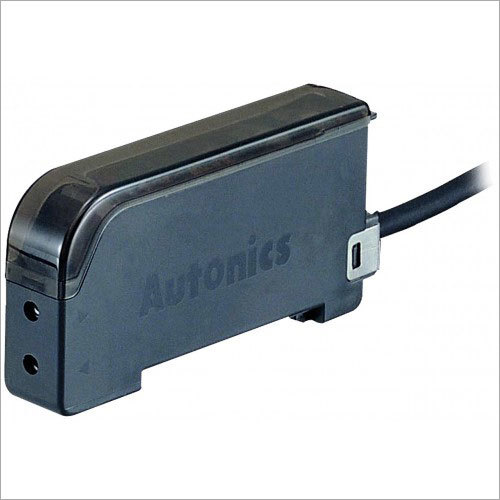Product Description
Autonics Fiber Optic Amplifiers are advanced electronic devices used for accurate and reliable detection and amplification of signals in fiber optic sensing systems. These amplifiers are designed to work in conjunction with fiber optic cables and sensors to detect changes in light intensity or presence. Autonics Fiber Optic Amplifiers offer high-performance amplification, excellent noise immunity, and flexible configuration options, making them suitable for a wide range of industrial automation and sensing applications.
Frequently Asked Questions (FAQ):
Q: What are Fiber Optic Amplifiers?
A: Fiber Optic Amplifiers are electronic devices used to detect and amplify signals transmitted through fiber optic cables. They provide reliable and accurate detection of changes in light intensity or presence using fiber optic sensing technology.
Q: What are Autonics Fiber Optic Amplifiers used for?
A: Autonics Fiber Optic Amplifiers are used in various industrial automation and sensing applications. They are commonly employed for object detection, positioning, and monitoring tasks in industries such as manufacturing, packaging, and material handling.
Q: How do Autonics Fiber Optic Amplifiers work?
A: Autonics Fiber Optic Amplifiers receive the optical signals transmitted through fiber optic cables from the connected sensors. They amplify and process the signals to detect changes in light intensity or presence, providing an output signal for further control or monitoring.
Q: What are the key features of Autonics Fiber Optic Amplifiers?
A: Autonics Fiber Optic Amplifiers offer features such as high amplification performance, excellent noise immunity, adjustable sensitivity settings, fast response times, and versatile configuration options to meet specific application requirements.
Q: Can Autonics Fiber Optic Amplifiers be used with different types of fiber optic sensors?
A:Yes, Autonics Fiber Optic Amplifiers are designed to work with various types of fiber optic sensors, including through-beam, diffuse reflective, and retro-reflective sensors. They provide compatibility and flexibility for different sensing applications.

